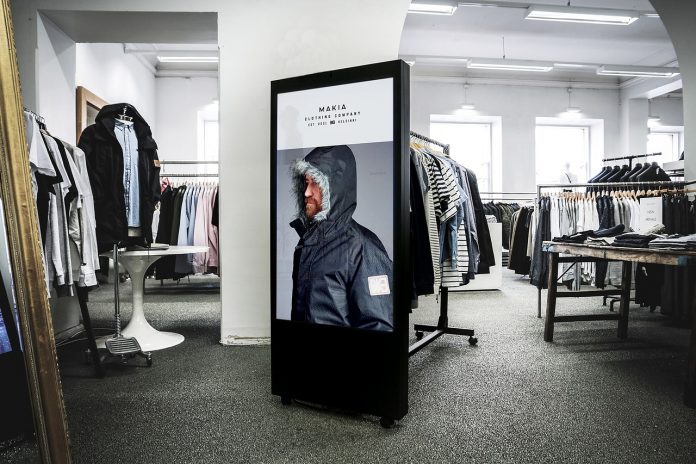Artificial intelligence tools are increasingly being used both front-end and behind the scenes by retailers of all sizes, who are looking to better leverage and reap the benefits of tons of analyzed customer data, and to solve many of the other issues pressing down on the shoulders of today’s retail market. Last month, Apple’s 17th annual Worldwide Developers Conference revealed HomePod – a smart speaker which is a combination speaker/microphone that both plays audio and responds to your voice requests. Similarly, just before HomePod, Google’s I/O17 unleashed the many new facets of revolutionary AI features to look forward to with Google Assistant.
In accordance with the growing popularity of smart devices and AI tools being utilized in the retail sector, a major selling point of Apple’s HomePod is ‘room-sensing’ technology. For other U.S. retailers, data is similarly being used to solve issues like cart abandonment and online sales, as numbers show that the need to do so is continuing to escalate.
For example, speakers at Google’s I/O17 revealed data showing that when shopping online, one-third of users abandon purchases during credit card entry, 90 percent abandon sign-in if they forget their login info, and 54 percent abandon during account registration processes. This data clearly illustrates the need for Assistant integrations across retailing, as many people readily abandon in-app forms, such as payment details, signups, and so forth – resulting in the loss of significant profit at the hands of retailers. Gartner estimates that the number of connected devices will triple by 2020, reaching a total number of 21 billion.[1]
Last year, as online shopping became increasingly dominant, 4,000 stores in the U.S. closed, and this year is looking far worse, with some sell-side analysts predicting that the number of closings could double. Merely in the first quarter of 2017, 3,000 stores have shut down, and S&P Global Ratings expects defaults by retailers on their bonds to reach beyond even those in 2008-2009 this year, when the U.S. was in the depths of the financial crisis. This reality is urging retailers to partner with IT experts who can help in updating business practices to cater to the omnichannel demands of the modern, tech-savvy consumer.
Today’s age of digitalization has more shoppers buying goods online and then collecting their purchases in-store. Back-end technology directly affects front-end performance, and thus, customer experience – driving retailers to partner with software solution providers to introduce new and innovative sensor-based applications in order to remain competitive.
Catering to the trend of digital connectedness combining with the physical environment to best leverage data analytics – now, businesses of all sizes introducing end-to-end smart sensor solutions for the Internet of Things (IoT) market. Using smart platforms, brick-and-mortar retail stores can transform inventory tracking, collect in-depth intelligence on customer behavior and preferences, and radically reduce losses from misplaced items and loss of inventory. All of this enables retailers to deliver the best quality of customer experience, empowering them to convert sales.
Investing in IT infrastructure is imperative for success in the retail sector, and with this comes the utilization of data analytics – a practice now being used in the physical realm, through AI tools and sensors that track in-store customer behavior and activity, which can then be evaluated to support optimal business performance.
Big Data is also an effective way to utilize store layout and design, creating insight that has not been previously possible. With a strong end-to-end technology foundation, retailers are able to leverage data from both online and in-store activity. This can aid in informing retailers’ decisions on merchandising, supply chain and marketing in a physical store setting, and the opportunities alongside data analytics are still ample. According to Mckinsey & Company, right now, U.S. retailers are utilizing only 30-40 percent of the value possible from data analytics – which highlights the reality that we have so far only chipped off a tip of the iceberg when it comes to what is possible through data analytics in the retail sector.
[1] http://www.gartner.com/newsroom/id/3165317
Find a Home-Based Business to Start-Up >>> Hundreds of Business Listings.

















































